If you've been involved in fly fishing for very long chances are you have a pair or two of polarized sunglasses. The various glasses on the market vary a lot in price and quality but they all perform the same function. They cut through the glare and allow you to "see into" the water which is an unarguable benefit when fishing. We've came the conclusion that Costa del Mar makes the finest fishing specific glasses on the market and the lens options can be overwhelming. The external color of the lenses and how they're named can be deceiving. The best way to judge which ones will work best for you is to try on a pair for yourselves. That's not always easy if you don't have a shop that carries them locally. So, what we did is take a few pictures of the same section of river on a sunny day to let judge for yourselves. We also give a little info on each lens and put in our two cents. All of these lenses have their place but some are a little more versatile than others. All of these pics were taken using a pair of 580G (glass) lenses except the "Sunrise" lens which is only made in 580P (polycarbonate/plastic). We arranged the pictures through the lenses according to level of light transmission from darkest to lightest. Note: You can see a slight reflection of the lens in most of these pictures which was hard to avoid when placing the camera behind the glasses.
A few new spring goodies from the fly shop!
Early spring on the Delaware system
This year seams different from the past few that we have had. Most of the ground is bare from snow and we should start to see some green grass here soon, as along as the temps continue to go up. We’ve actually had more rain than snow this winter with a little help from El Nino. The last year we had an El Nino winter was in 2012, with Hendricksons popping in late March. We aren’t necessarily looking for that early of a start but after the last two winters, which seemed to last into April, we aren’t complaining about the unusually warm weather. But, we have already been seeing some Little Black Stoneflies around with these warmer air temps that we have been getting lately. Things are slowly starting to pick up on the river system but we are still looking for warmer night and water temps to really get the bugs going more consistent. Overall it seems to be a more normal spring and we should start to see good bug activity once we get into April.
As I write this, the reservoir (Cannonsville) is at 94% and the overall capacity of all of the reservoirs is 95%, 6% above normal and about 45% above where we were at this time last year. Not to mention that last year the whole system was frozen bank to bank due to the low flows that were dictated by the low reservoir levels. The West is now flowing a healthy 800 cfs with temperature are in the mid 40’s. There’s no doubt about it, we are currently “sitting pretty” condition-wise and this spring is shaping up to a good one. It’s about time, compared to what we have experienced in the past few years.
By Jake Pfeiffer










